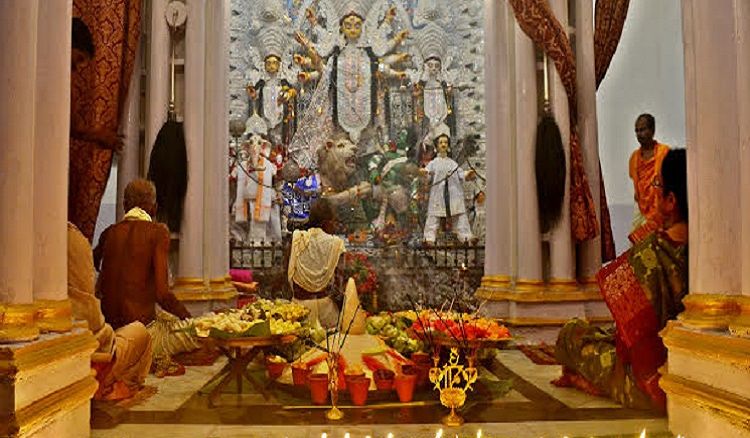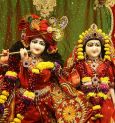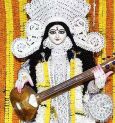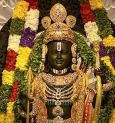The aroma of Durga Puja is in the air, and Bengalis are eagerly awaiting the grand festival. It's that time of the year when Bengal immerses itself in the essence of Pujo. Let's explore some known and lesser-known facts about Goddess Durga and the significance of "Sandhipujo."
Sandhipujo falls between Ashtami and Navami, creating a sacred juncture. During this time, devotees offer 108 lotus flowers and 108 lamps to Goddess Durga. The significance of this moment during Durga Puja is deeply rooted in tradition and rituals.
But do you know why Sandhipujo is performed? What transpired during this auspicious moment? Today, let's uncover some intriguing facts about this ritual. It's during the last 24 minutes of Ashtami and the first 24 minutes of Navami that Sandhipuja takes place. Devotees offer their heartfelt prayers with unwavering devotion.
In mythology, it is believed that during this precise moment, Goddess Durga manifested in her fierce Chamunda form. She annihilated the formidable demons, Chanda and Munda. Chamunda represents the Rudra aspect of Mahamaya. To vanquish these demons, Goddess Durga assumed the form of Chamunda.
In the epic Ramayana, it is mentioned that Lord Rama invoked Goddess Durga during the war against Ravana. He performed Sandhipuja with utmost devotion for 108 lotus flowers, but one was missing. It was then that Lord Rama, with an arrow, created the missing lotus. Devi Durga appeared and stopped him, marking her divine presence.
It is believed that Goddess Durga suppresses all malevolent forces, and her annual arrival ensures the destruction of evil. Therefore, she is welcomed with great fervour every year.
Some also interpret the story of Chanda-Munda as a metaphor for the inner demons within human beings. Sandhipuja symbolises the need to overcome these inner demons and approach the goddess with a pure heart.
Sandhipuja stands as a unique and significant part of Durga Puja. Its timing, between Ashtami and Navami, is why it's named Sandhipuja, signifying the juncture of these two days.
This year, on October 22nd, Mahashtami falls. Sandhipuja commences at 4:54 PM and concludes at 5:42 PM. According to the almanack, devotees should take the blessings of Goddess Durga between 5:18 PM and 5:42 PM during the Bilidan period.
In conclusion, Durga Puja is not merely a festival; it's a tapestry of traditions, beliefs, and devotion. Sandhipuja, the meeting point of Ashtami and Navami, holds a special place in the hearts of Bengalis, symbolising the triumph of good over evil, both externally and within ourselves.
 বাংলায় পড়ুন
বাংলায় পড়ুন














